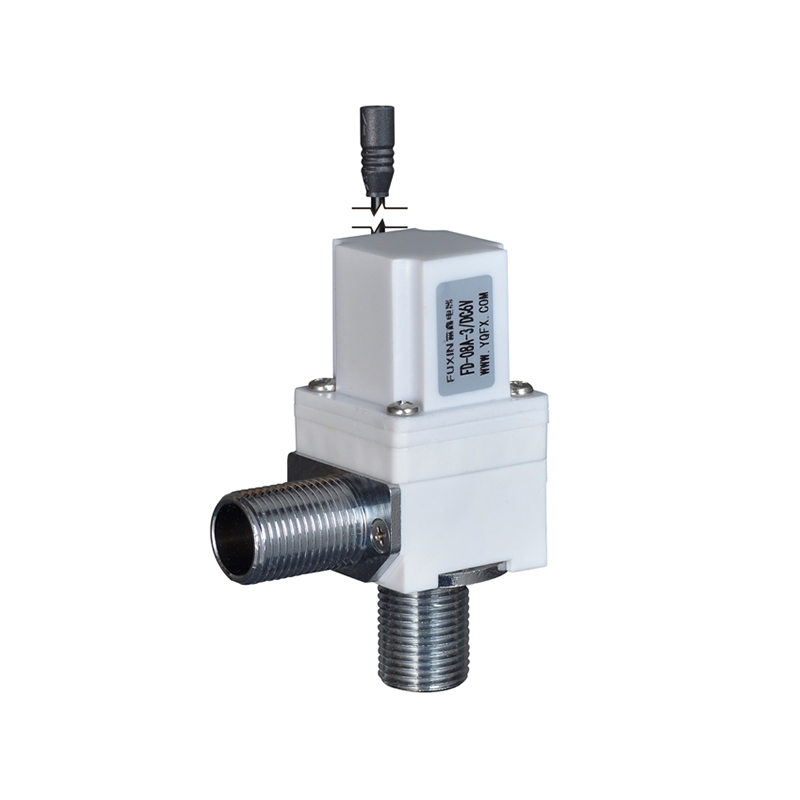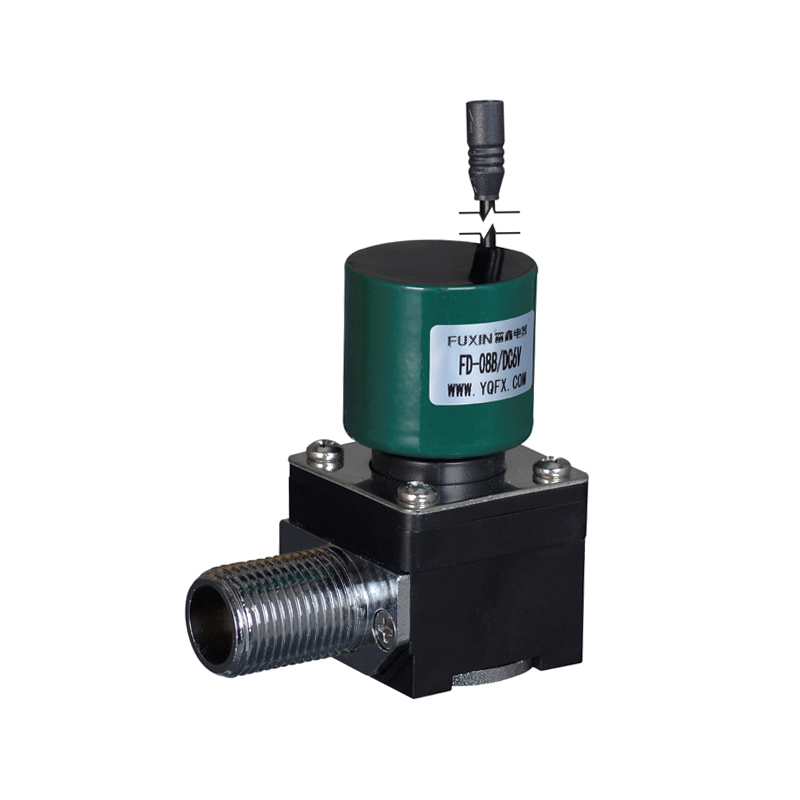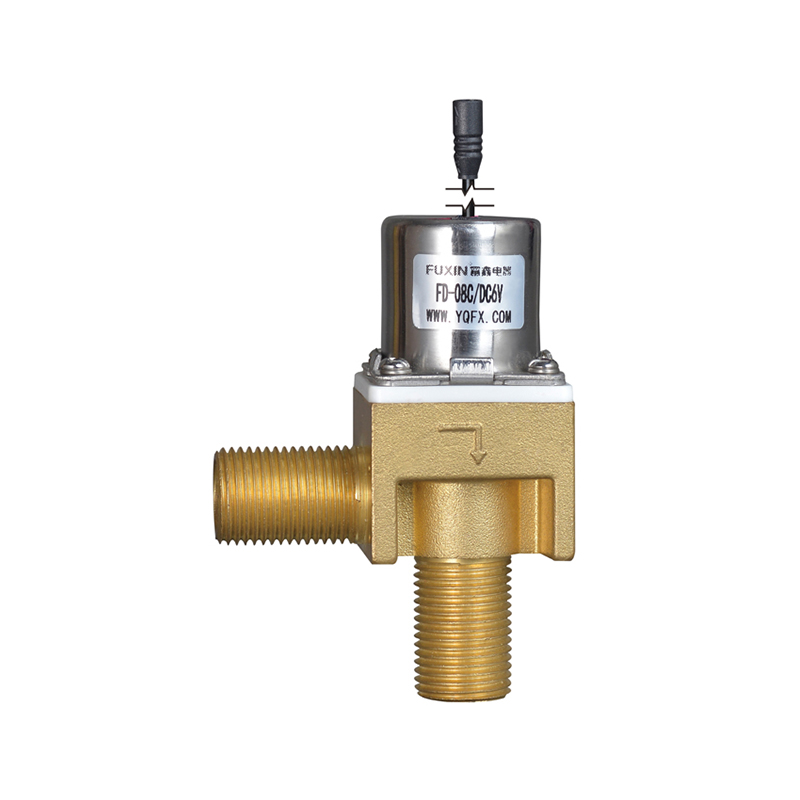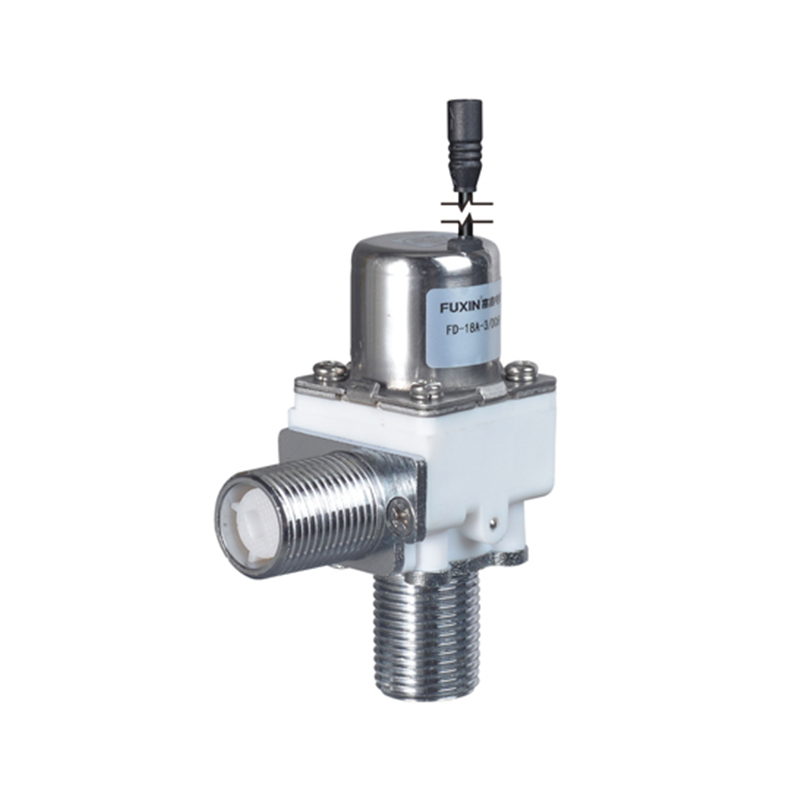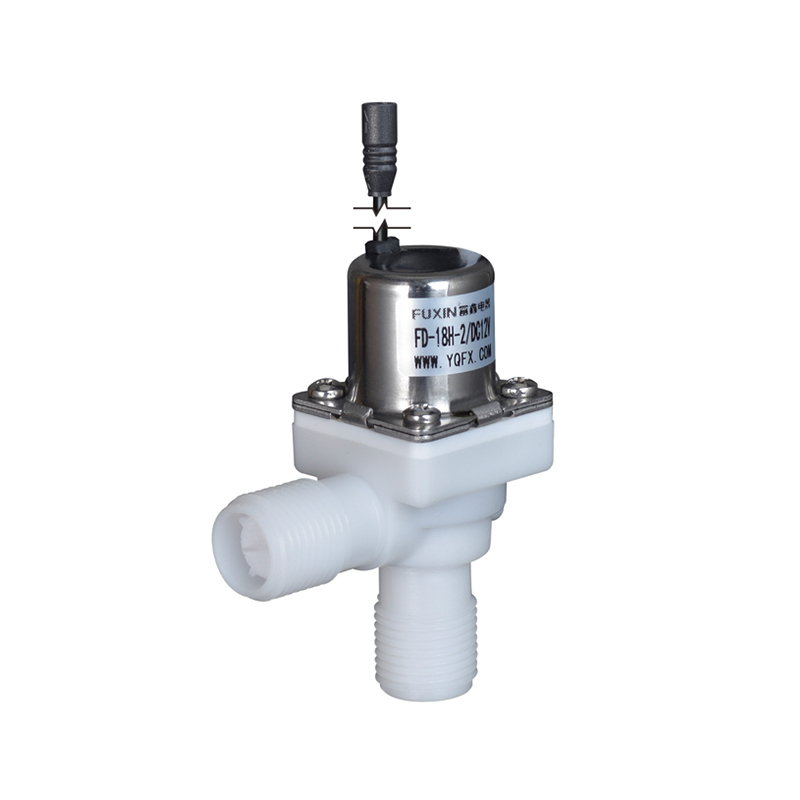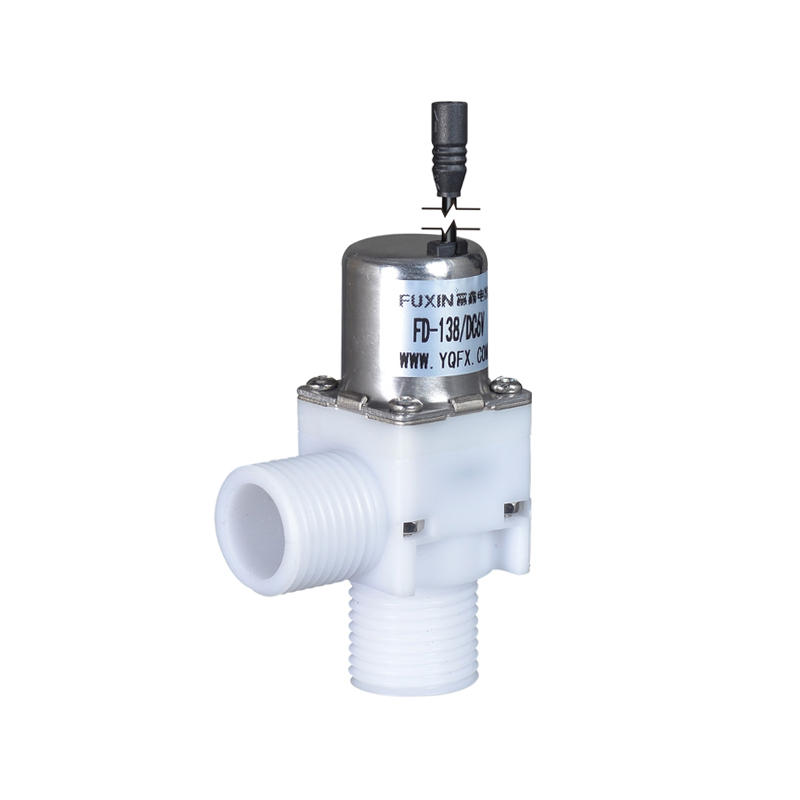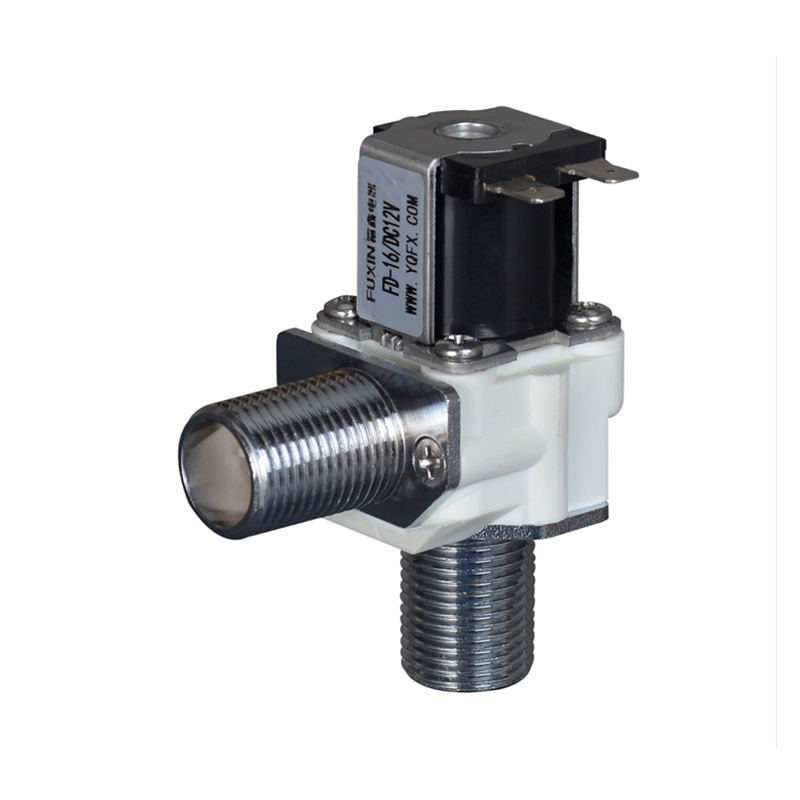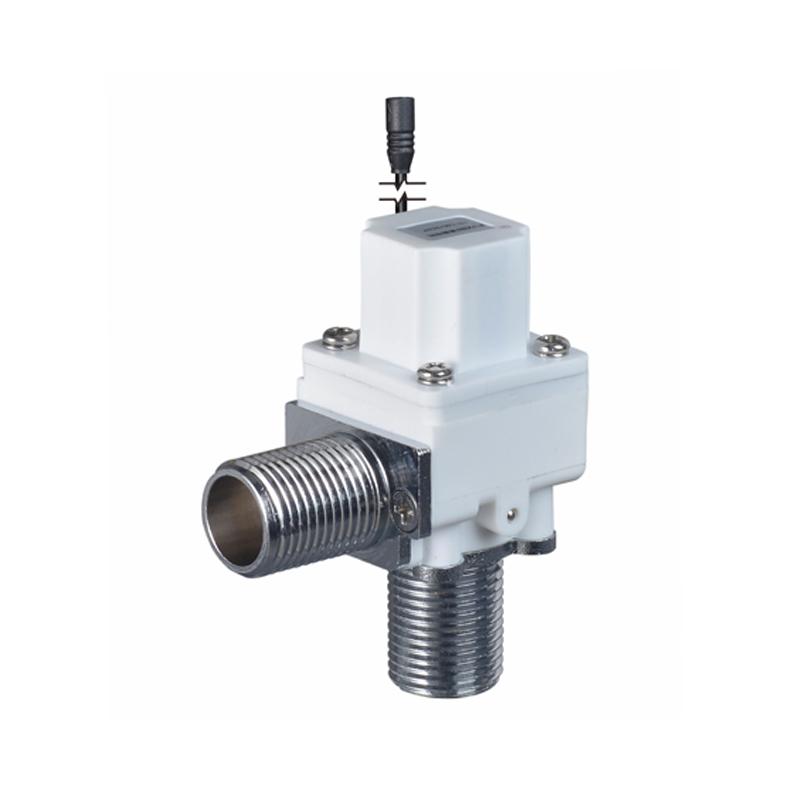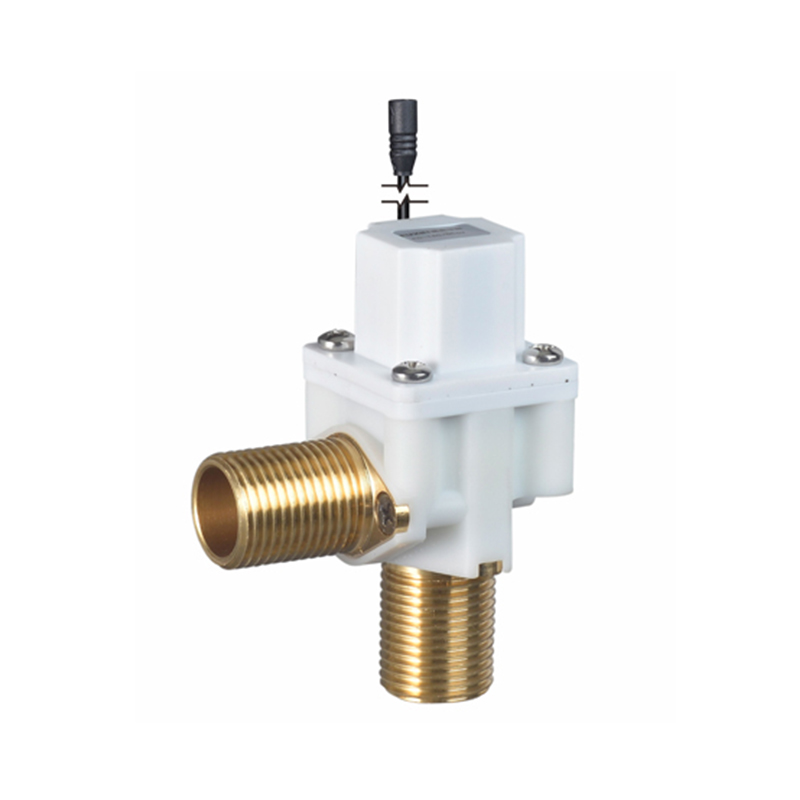In modern bathrooms and kitchens, touchless faucets have become increasingly popular due to their convenience, hygiene, and water-saving capabilities. At the heart of these touchless faucets is a crucial component known as the sensor faucet solenoid valve. Understanding what a sensor faucet solenoid valve is, how it works, and how to troubleshoot it is essential for both homeowners and professionals in plumbing or maintenance.
What is a Sensor Faucet Solenoid Valve and How Does It Work?
A sensor faucet solenoid valve is an electronically controlled valve that regulates water flow in touchless faucets. Unlike traditional faucets that rely on manual operation, these valves respond to signals from a built-in infrared or capacitive sensor. When the sensor detects the presence of hands or an object under the faucet, it sends a signal to the solenoid valve. This signal triggers the valve to open, allowing water to flow through the faucet. When hands are removed, the sensor sends another signal to close the valve, stopping the water flow automatically.
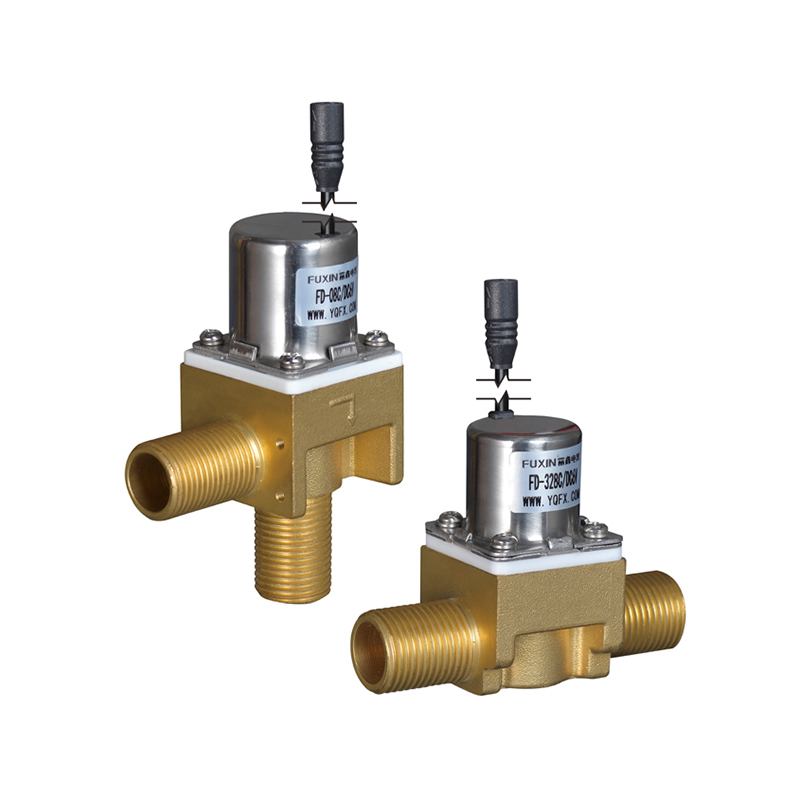
The solenoid itself is an electromechanical device composed of a coil, plunger, and valve body. When electric current passes through the coil, it creates a magnetic field that moves the plunger, opening or closing the valve. The precision and reliability of the sensor faucet solenoid valve make it ideal for touchless faucets, providing both comfort and efficiency.
How Does the Solenoid Valve Control Water Flow in a Touchless Faucet?
The control of water flow in a touchless faucet depends entirely on the sensor faucet solenoid valve. When the sensor is triggered, the solenoid valve opens for a set duration or until the sensor no longer detects presence. The valve’s design ensures that water flows smoothly without leakage and maintains consistent pressure. Some advanced solenoid valves also feature adjustable flow rates, allowing users to customize water output according to their needs.
The valve’s quick response to sensor signals makes touchless faucets highly convenient in public restrooms, kitchens, and healthcare facilities. By eliminating the need to touch handles, the sensor faucet solenoid valve also reduces the spread of germs and contributes to a cleaner environment.
How Do I Troubleshoot a Sensor Faucet Solenoid Valve That Isn’t Working?
Even though sensor faucet solenoid valves are durable, they can occasionally experience issues such as water not flowing, continuous water flow, or intermittent operation. Troubleshooting typically involves several steps:
Check the Power Supply: Ensure that the battery or electrical connection is working properly. A weak or disconnected power source can prevent the solenoid valve from operating.
Inspect the Sensor: Dirt, debris, or water spots on the sensor can affect its ability to detect movement. Cleaning the sensor gently with a soft cloth often resolves detection problems.
Examine the Solenoid Valve: Mineral buildup or debris inside the valve can block water flow. Removing the valve and cleaning it carefully can restore normal function.
Test the Wiring and Connections: Loose or damaged wiring may prevent the solenoid from receiving the correct signals from the sensor. Tightening connections or replacing damaged wires is necessary.
Replace the Valve if Needed: If cleaning and checking connections do not resolve the issue, the solenoid may be faulty. Replacing the sensor faucet solenoid valve with a compatible unit can restore proper operation.
By following these troubleshooting steps, common problems with sensor faucets can be resolved without professional assistance.
A sensor faucet solenoid valve plays a vital role in the operation of touchless faucets, controlling water flow efficiently and reliably. By understanding how the valve works and learning how to troubleshoot common issues, users can maintain their touchless faucets in working condition. Whether in residential or commercial settings, the sensor faucet solenoid valve offers convenience, hygiene, and energy efficiency, making it an essential component in modern faucet technology.


 EN
EN English
English Español
Español
